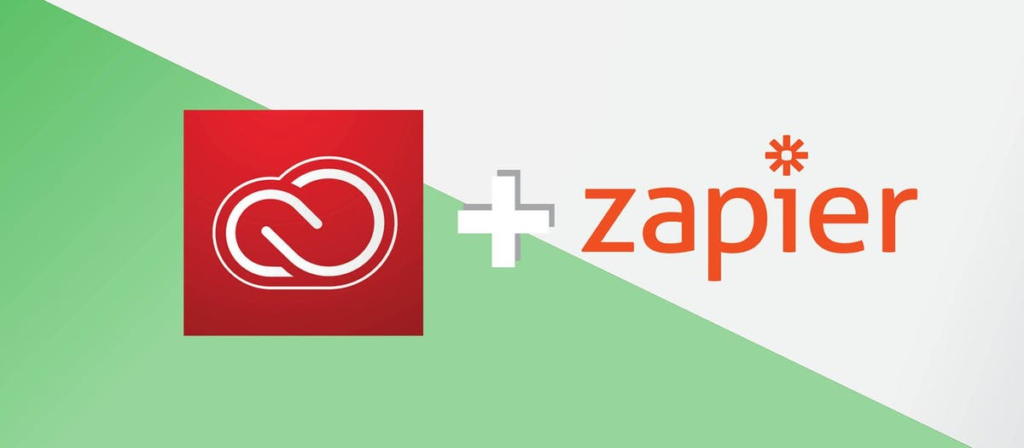In the rapidly evolving landscape of design and collaboration tools, the importance of streamlined workflows cannot be overstated. As small and medium-sized business (SMB) leaders and automation specialists explore the plethora of solutions available, comparing their strengths, weaknesses, costs, return on investment (ROI), and scalability becomes essential for informed decision-making. The integration of tools like Adobe Creative Cloud and Zapier presents an intriguing case study on leveraging automation within creative environments.
Adobe Creative Cloud Libraries provide a robust framework for managing design assets. This platform allows teams to store and access design elements consistently across multiple devices and applications, promoting brand integrity and efficiency. By enabling design teams to collaborate seamlessly, Creative Cloud Libraries cater particularly well to organizations seeking to streamline their design processes. The core strengths of Adobe Creative Cloud include its extensive range of applications, its established user base, and the depth of features tailored to design professionals.
Despite these strengths, Adobe’s ecosystem is not without its challenges. Primarily, the reliance on Creative Cloud can lead to dependencies on proprietary formats and workflows that may not readily integrate well with third-party tools. SMB leaders need to consider the potential friction this can introduce, especially when collaborating with external stakeholders who may use different platforms.
Enter Zapier, an automation tool that promises to bridge the gaps between various applications, enhancing collaboration across siloed teams. By integrating with over 2,000 applications, Zapier offers unprecedented flexibility in automating workflows. This capability allows organizations to connect disparate digital assets and services, enabling users to create custom workflows—referred to as “Zaps”—without extensive coding knowledge. For SMBs looking to maximize productivity, Zapier’s integrations with tools like Google Drive, Slack, and Microsoft Teams can help alleviate the bottlenecks often found in project collaboration.
When comparing Adobe Creative Cloud Libraries with other automation solutions, such as Make, it is essential to evaluate each platform’s scalability and ROI. Make, while offering a more visually intuitive interface for creating automated workflows, may fall short for organizations that require an extensive library of design resources where structured access is critical. Conversely, Zapier’s streamlined process allows for quicker implementation of automation, making it a more attractive option for SMBs aiming to achieve rapid gains in productivity.
Cost considerations also play a pivotal role in the decision-making process. Adobe Creative Cloud operates on a subscription model that can become more expensive as a business scales up its needs—requiring additional licenses for more users or access to additional features. Conversely, Zapier also employs a tiered pricing strategy, but its entry-level plans provide ample automation functionality for smaller teams at a lower cost, presenting a compelling case for SMB leaders focused on budgetary constraints.
In terms of ROI, companies utilizing Adobe Creative Cloud can expect improved creative output and enhanced brand consistency, which can lead to higher customer satisfaction and retention. However, it is critical to ensure that investments in creative tools yield measurable business results. While quantitative assessments are complex, qualitative feedback from team members engaged in design processes can serve as a valuable metric for assessing impact.
On the other hand, the ROI from Zapier comes from increased time efficiency and reduced manual errors in workflows. By automating routine tasks, organizations can redirect attention toward higher-value activities, such as strategic planning and creative ideation. This shift not only enhances job satisfaction among employees but also improves overall productivity.
When considering the ideal combination of tools for a creative team, leveraging both Adobe Creative Cloud and Zapier may provide the best of both worlds. This dual approach facilitates robust design resource management while simultaneously automating the surrounding workflows, thus minimizing manual overhead. However, leaders must assess their unique organizational attributions, including team structure and project demands, in determining the optimal setup.
In conclusion, the integration of Adobe Creative Cloud Libraries with Zapier offers a compelling model for enhancing design collaboration and workflow automation in an SMB context. While Adobe excels in maintaining creative consistency, Zapier’s flexibility and automation capabilities enable organizations to optimize their processes efficiently. For leaders navigating this landscape, prioritizing platform integration that meets both current needs and future scalability will be key to achieving a sustainable return on investment.
FlowMind AI Insight: As organizations increasingly rely on automation, it is essential to evaluate the interplay between different tools, ensuring that they not only meet immediate objectives but also align with long-term strategy. By fostering a culture of efficient collaboration, businesses can harness the power of both creativity and connectivity to thrive in the digital age.
Original article: Read here
2020-05-21 07:00:00

